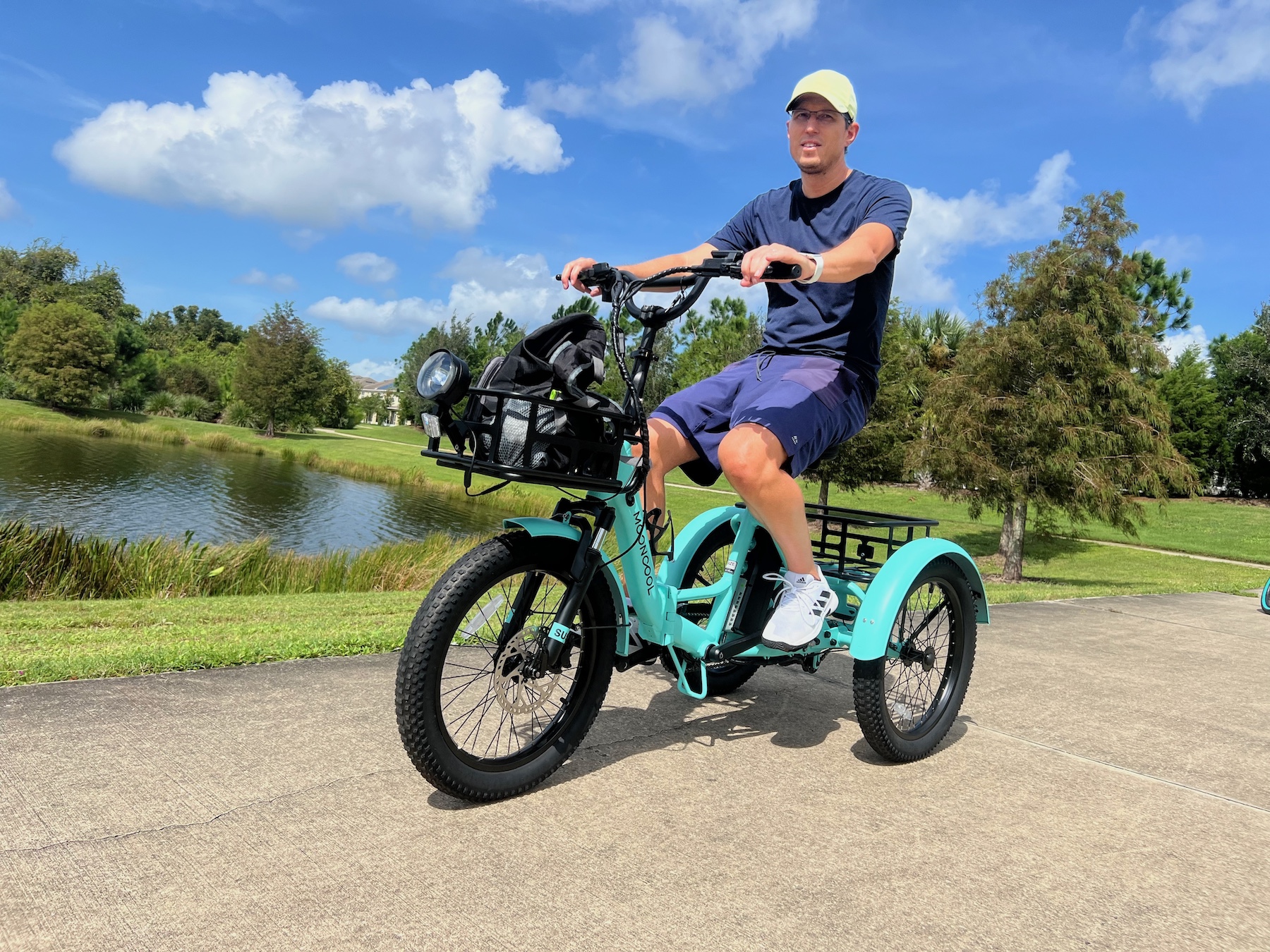Support CleanTechnica’s work through a Substack subscription or on Stripe.
Try as he might, US President Donald Trump can’t stop the domestic solar industry in its tracks. Even as some high profile projects face cancellation or delay, other signs of momentum keeps surfacing. One good example consists of the nation’s water system owners and managers, who see floating solar technology as an effective means of reducing their energy costs, improving resiliency, and conserving water, too.
One Small Floating Solar Project To Rule Them All
The private research institute Nova Southeastern University is among the latest energy consumers to dip a toe in the floating solar waters. Last month, NSU announced that it is the first university in the US to bring a commercial-level floating solar system into its energy portfolio. Construction is currently underway and the system should be up and running before year’s end.
At 700 kilowatts in capacity and only two acres in size, the system is tiny compared to today’s megascale solar farms. However, it will get the job done. The new array will hook up directly to the school’s newest student housing complex, Mako Hall, where it is expected to fill a significant proportion of electricity demand.
The new NSU system demonstrates the maturing state of the floating solar supply chain, too. Floating solar is a new industry that requires specialized racks and mooring systems. As demand rises, economies of scale kick in, helping to reduce costs. The global firm Ciel & Terre supplied its Hydrelio platform for the installation, consisting of 1,200 solar panels anchored for hurricane hardiness.
Ease of installation is another feature typical of floating solar systems. They don’t require land to be cleared and leveled, which explains why NSU expects the clean kilowatts to begin flowing only 90 days or so after the start of construction (see more floating solar background here).
The system’s developer, D3Energy, also anticipates that it will be a model for other institutions that are squeezed for space. As a crowded urban campus, NSU doesn’t have much ground space, but it does include several ponds within its borders.
“This installation at NSU demonstrates how floating solar can deliver real benefits for institutions that may not have the land or rooftop space for large-scale solar,” emphasized D3’s Managing Director, Stetson Tchividjian, in a press statement.
Small Floating Solar System, Big Savings
Replacing fossil fuels in an institutional residence is just one use case with the potential for widespread adoption. Another key market consists of water treatment plants, where floating arrays can also offset a significant amount of electricity consumption. D3Energy is also active in that space.
Back in 2023 CleanTechnica caught wind of activity under way at the Signal Hill Water Treatment Plant in Utah. What makes the project particularly interesting is the water district’s choice of the leading global energy services firm Ameresco to oversee the new solar system.
“Ameresco has been working on an energy makeover for the US Department of Defense, including a new floating solar project at Fort Bragg in North Carolina,” CleanTechnica observed, taking note of potential opportunities for replication of the Signal Hill array in other Ameresco projects.
Ameresco tapped D3Energy for the solar installation, with the expectation that the system would be up and running in about 12 months. The project was completed ahead of schedule and construction was officially completed in September of 2024.
As with the NSU project, Signal Hill’s new 587.5 kilowatt array is relatively small, but it will reduce the facility’s grid energy consumption by 92% while reducing annual energy costs by 80%.
“The notion that solar panels must be installed on land is an unnecessary limitation. By reconsidering their placement, we unlock new opportunities for sustainability,” explained Ameresco EVP Lou Maltezos in a press statement marking the end of construction.
“This first-ever floating solar array in Utah is both innovative and economically feasible, making it a prime example of sustainable development,” Maltezos added.
More Solar Energy For Texas
Of course, no story about the US floating solar industry is complete without a mention of Texas, where everything is bigger, including the state’s renewable energy profile. Texas has been a perennial leader in installed wind capacity among the 50 states since the early 2000’s, and of late it has been vying with California and Florida for the #2 slot in solar.
In the latest development, last summer the leading US infrastructure and energy services firm Diamond Infrastructure Solutions tapped the Texas company Third Pillar Solar to install floating solar systems on its portfolio of reservoirs in Texas.
As described by Third Pillar, the first-of-its-kind collaboration represents the largest collection of floating solar projects in all three Americas. The number of projects will depend Third Pillar’s site assessments, but the company already anticipates that the agreement will launch up to 500 megawatts’ worth of solar capacity. The new systems will provide Diamond and its clients with the extra benefit of conserving water — and money — that would otherwise be lost to evaporation.
“The comprehensive floating solar initiative represents a potential investment exceeding $700 million and is expected to generate up to 500MW of clean energy — all while minimizing land development and helping conserve approximately 15% of freshwater currently lost to evaporation in a fast-growing, water-stressed region,” Third Pillar notes.
Third Pillar CEO Jaimeet Gulati also chipped in his two cents in a press statement, drawing attention to the multiple benefits of floating solar arrays. “This agreement demonstrates the growing appetite for utility-scale energy solutions and highlights how floating solar can enhance and transform the value of existing infrastructure, all while providing cost-competitive energy, preserving agricultural land, reducing evaporation losses, and existing out of public view,” Gulati said.
Once again illustrating the rapid timeline for floating solar projects, Third Pillar plans to have all of the projects in service before 2030 rolls around.
Regardless of the current state of federal energy policy, Third Pillar is loaded for bear. The company is focusing its floating solar business on the nation’s vast array of wastewater lagoons and reclaimed sand and gravel pits, alongside industrial reservoirs. With the financial backing of majority owner Glentra Capital, Third Pillar already claims more than 5 gigawatts in its portfolio, with another 60 deployments coming through its 11-state project pipeline.
More Green Jobs For A Job-Thirsty Nation
Speaking of federal energy policy, it’s a mystery why US President Donald Trump has chosen, out of all the abundant energy options spread across the land, to tamp down access to the nation’s most abundant, accessible, and inexpensive resource, namely, wind and solar energy.
After all the President’s “American Energy Dominance” plan explicitly calls upon federal resources to support other renewables, including biomass, hydropower, and geothermal. The Energy Department is also continuing to fund the development of marine energy harvesting devices, even though the domestic marine industry — wave, currents, and tides — is years away from achieving commercial uptake to any significant degree.
If you have any thoughts about that, drop a note in the comment thread. Better yet, find your representatives in Congress and let them know what you think.
Photo: Activity in the US floating solar industry continues to stir interest among energy consumers seeking clean energy and water conservation, too (courtesy of Third Pillar Solar).
Sign up for CleanTechnica’s Weekly Substack for Zach and Scott’s in-depth analyses and high level summaries, sign up for our daily newsletter, and follow us on Google News!
Have a tip for CleanTechnica? Want to advertise? Want to suggest a guest for our CleanTech Talk podcast? Contact us here.
Sign up for our daily newsletter for 15 new cleantech stories a day. Or sign up for our weekly one on top stories of the week if daily is too frequent.
CleanTechnica uses affiliate links. See our policy here.
CleanTechnica’s Comment Policy




